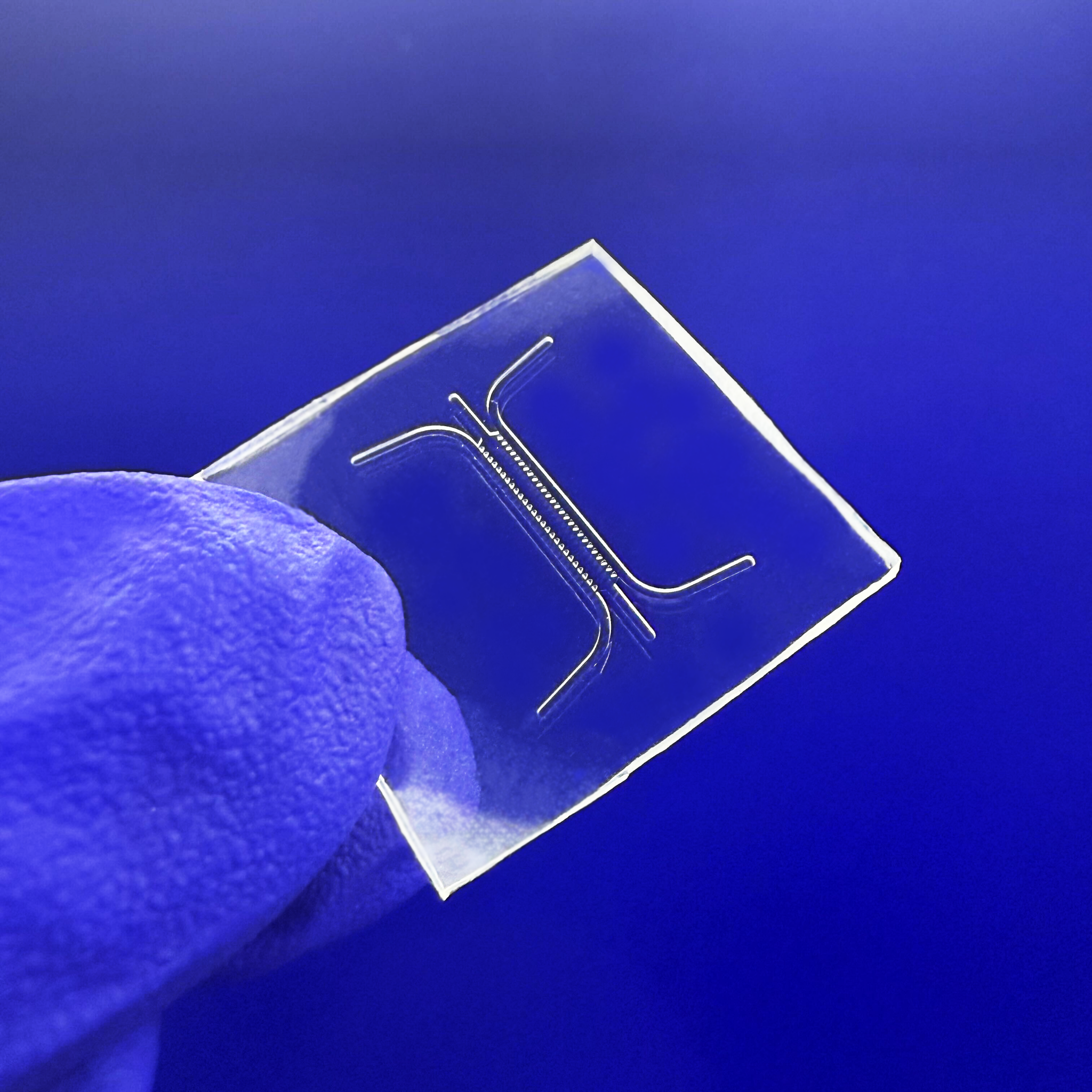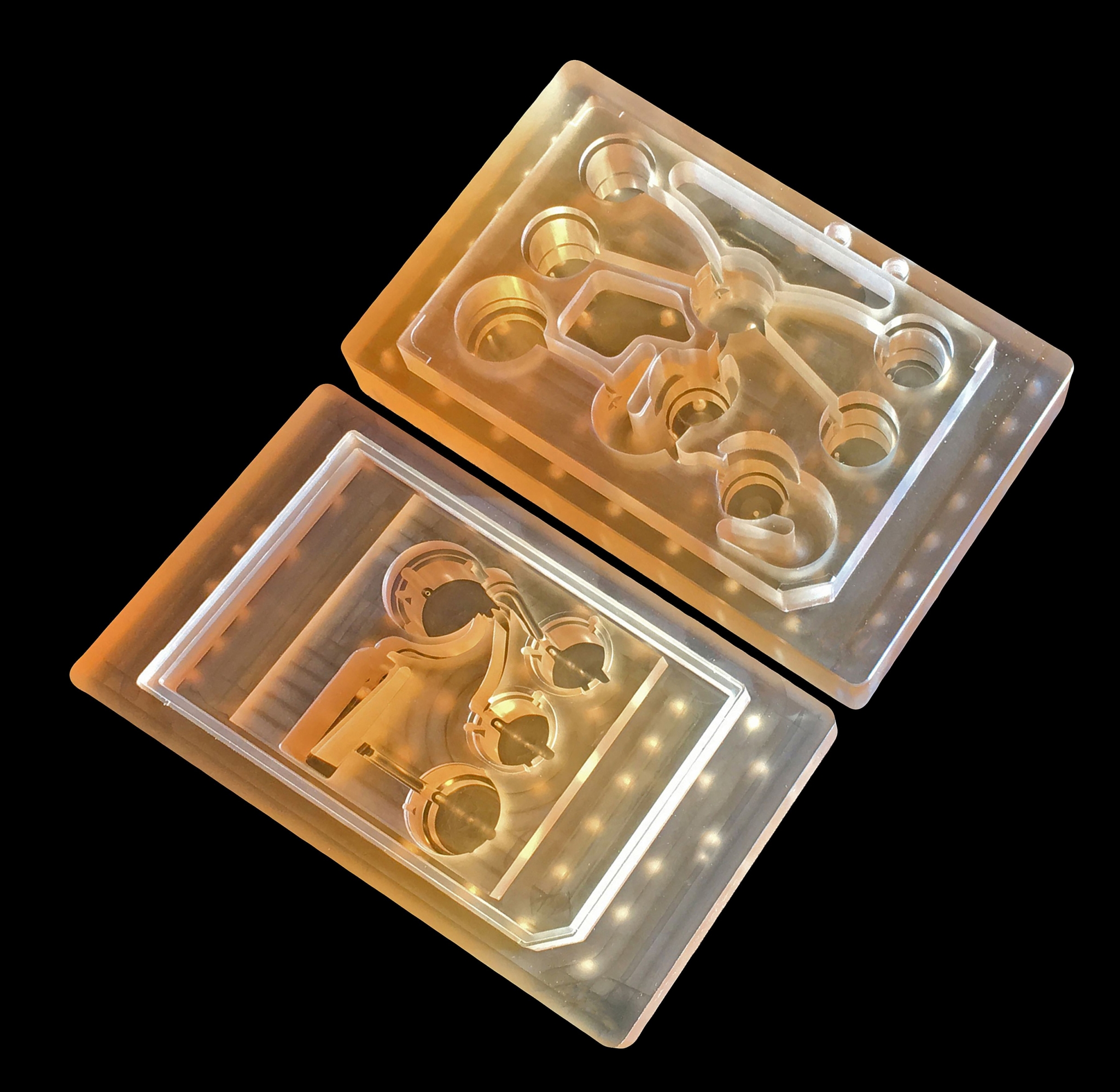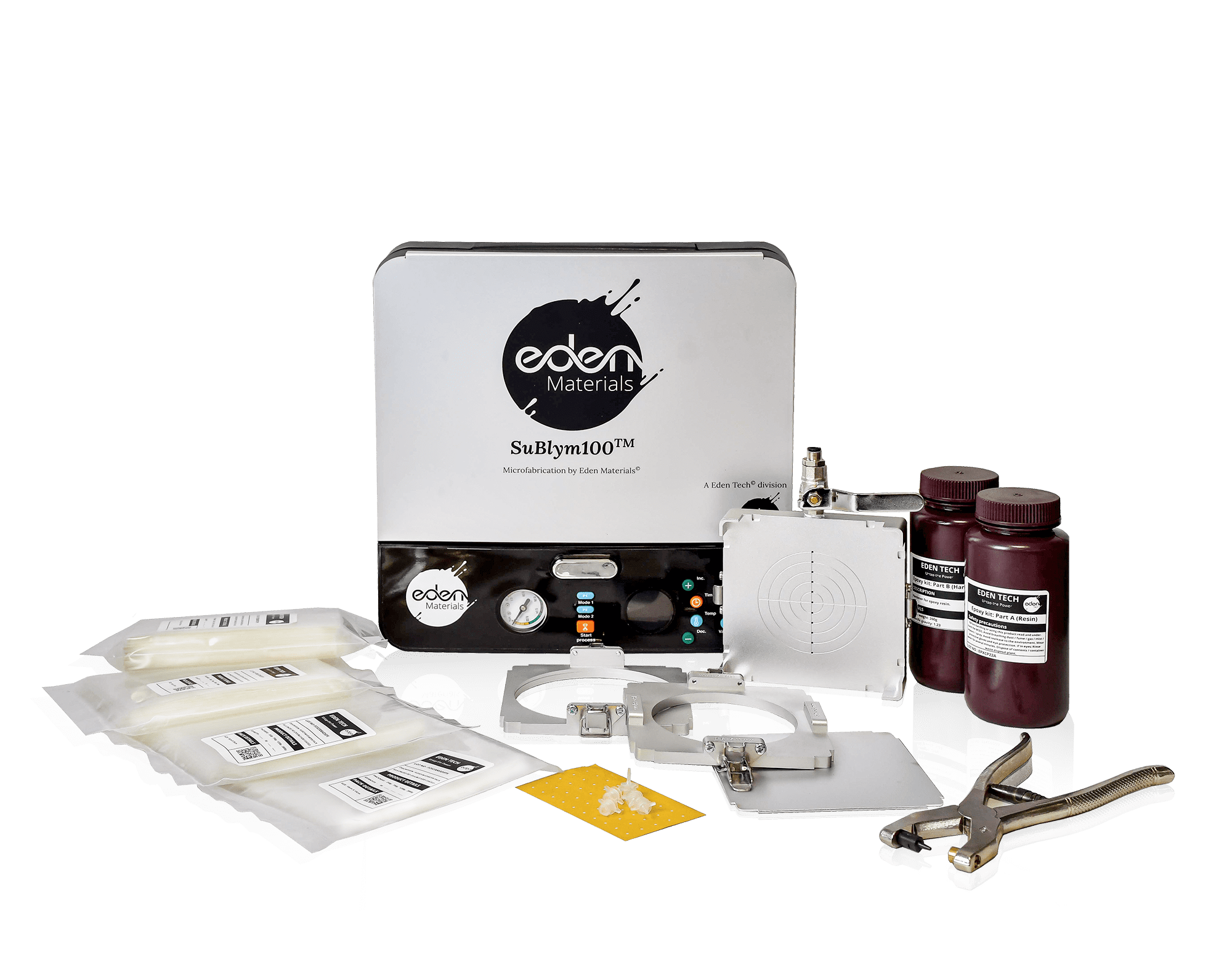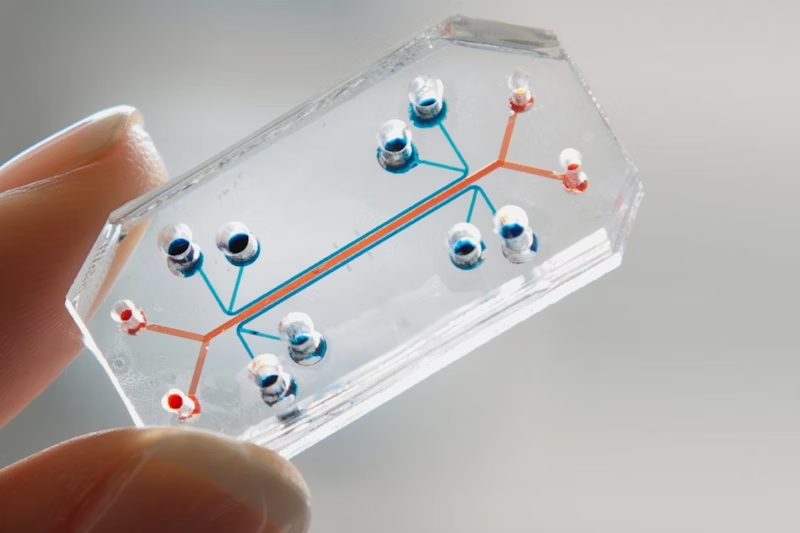Microfluidics in 2025: Applications, Trends & How It Work
What Is Microfluidics?
Microfluidics is the science and technology of manipulating small volumes of fluids typically in the microliter to picoliter range within channels less than 1 millimeter wide. It combines principles from physics, chemistry, biology, and engineering to create miniaturized systems capable of controlling, mixing, sorting, and analyzing fluids.
At its core, microfluidics enables the development of lab-on-a-chip devices that integrate multiple lab functions into a single, compact platform.
Why Microfluidics Matters in 2025
Microfluidic technology is driving innovation across healthcare, biotechnology, pharmaceuticals, and environmental monitoring. In 2025, it plays a critical role in:
Point-of-care diagnostics
Personalized medicine
Organ-on-chip research
High-throughput drug screening
Benefits of Microfluidics:
- Minimal reagent and sample consumption
- Faster analysis and processing times
- Portability and compact design
- High precision and reproducibility
- Integrated, automated workflows
A Brief History of Microfluidics
The microfluidics field was born in the 1980s with the development of MEMS (Micro-Electro-Mechanical Systems). The 1990s marked the emergence of lab-on-a-chip platforms. The adoption of PDMS-based soft lithography in the early 2000s made fabrication accessible to academic labs.
Today, cleanroom-free methods like 3D printing, hot embossing, and materials such as Flexdym™ are revolutionizing how microfluidic devices are designed and manufactured.
Key Principles of Microfluidics
Understanding fluid behavior at the microscale is essential for designing efficient microfluidic chips. Here are the foundational principles:
Laminar Flow: Fluids move in smooth layers (low Reynolds number), allowing precise control.
Diffusion-Based Mixing: Mixing occurs through molecular diffusion, not turbulence.
Capillarity & Surface Tension: Fluids can move without pumps using capillary action.
Electrokinetics: Voltage-driven flow, ideal for pump-less microfluidic systems.
Learn more about microfluidics in our blog article section.
Microfluidic Chips: Structure, Types & Design

A microfluidic chip is a miniaturized device that contains networks of microchannels, valves, and chambers to manipulate fluids precisely.
Common Types of Microfluidic Devices:
Continuous-Flow Chips: For mixing, separation, and chemical reactions
Droplet-Based Chips: Create isolated compartments for single-cell or digital PCR applications
Paper-Based Microfluidics: Low-cost diagnostic tools, often disposable
Valved Microfluidic Chips: Enable automation using integrated microvalves
Design Considerations:
Channel Geometry: Affects fluid resistance and mixing
Material Selection: Must be chemically and biologically compatible
Sensor Integration: Allows real-time monitoring
Scalability: For transitioning from prototype to produc
Tip: Want to design your first microfluidic chip? Try FLUI’DEVICE our free online microfluidic design and simulation platform!
Microfluidic Applications in 2025
Lab-on-a-Chip (LoC):
LoC devices miniaturize complex lab workflows onto a single chip, commonly used for:
COVID-19 & infectious disease testing
PCR and genetic screening
Multi-analyte detection
Organ-on-a-Chip & Microphysiological Systems (MPS)
Organ-on-a-chip platforms replicate biological functions of human organs using living cells and microfluidic environments.
These systems are crucial for:
Drug toxicity testing
Disease modeling
Personalized medicine
They include:
Organoids (3D cellular models)
Micropatterned scaffolds
Dynamic flow environments

Drug Discovery and Development
Microfluidic systems accelerate pharmaceutical R&D by enabling:
High-throughput screening
Miniaturized reaction volumes
Single-cell pharmacology studies
Controlled drug release testing
Environmental and Food Safety
Portable microfluidic devices are used for:
Water quality testing (nitrates, lead, bacteria)
Soil and crop pathogen detection
Foodborne contamination diagnosis
This is especially impactful in resource-limited and on-site testing scenarios.
Microfluidic Device Fabrication: Materials and Methods
While PDMS remains a standard, fabrication methods have diversified:
| Material/Method | Benefits |
|---|---|
| Flexdym™ | Biocompatible, thermoplastic, cleanroom-free |
| 3D Printing | Rapid prototyping and custom geometries |
| Hot Embossing | Industrial-scale replication |
| Paper Substrates | Ultra-low-cost diagnostics |
Need help getting started? Our POC Kit and online video tutorials make it easy.
How to Get Started with Microfluidics (No Cleanroom Needed!)
- FLUI’DEVICE – Free platform to design and simulate your chip online
- POC Kit – Affordable microfluidic prototyping tools
- YouTube Tutorials – Hands-on demonstrations
- Microfluidic Blog – Expert articles and case studies
Explore our microfluidics blog section for design tips and case studies.

Challenges & Trends in Microfluidics
Despite the growing adoption, challenges remain:
Scaling from prototypes to mass production
Material limitations (chemical resistance, biocompatibility)
Integration with electronics, optics, and AI
Emerging Trends:
AI-driven microfluidics
Biodegradable and sustainable chip materials
Open-source design and cloud collaboration
Multi-layer and hybrid microfluidic systems
Learn More About Microfluidics
Don’t forget to check out our YouTube channel for demonstrations and tutorials.
Frequently Asked Questions (FAQs)
What is microfluidics used for?
Microfluidics enables precise fluid manipulation for use in diagnostics, drug development, environmental monitoring, and cell biology research.
What is a microfluidic chip?
It’s a device with micrometer-scale channels that control the movement of fluids. Applications include DNA analysis, cell culture, chemical synthesis, and more.
How does microfluidics work?
It operates based on laminar flow, diffusion, capillary forces, and sometimes electrokinetic effects. This enables high-precision control over fluid behavior.
Can I design a microfluidic chip without engineering experience?
Yes! Tools like FLUI’DEVICE allow anyone to design microfluidic devices online no CAD or cleanroom required.
What software can I use for microfluidic design?
FLUI’DEVICE (free and browser-based)
COMSOL Multiphysics (advanced simulations)
SolidWorks/AutoCAD (CAD design)
References
Whitesides, G. M. (2006). The origins and the future of microfluidics. Nature, 442(7101), 368–373. https://doi.org/10.1038/nature05058
Sia, S. K., & Whitesides, G. M. (2003). Microfluidic devices fabricated in poly(dimethylsiloxane) for biological studies. Electrophoresis, 24(21), 3563–3576. https://doi.org/10.1002/elps.200305584
Chin, C. D., Linder, V., & Sia, S. K. (2012). Commercialization of microfluidic point-of-care diagnostic devices. Lab on a Chip, 12(12), 2118–2134. https://doi.org/10.1039/C2LC21204H
Bhatia, S. N., & Ingber, D. E. (2014). Microfluidic organs-on-chips. Nature Biotechnology, 32, 760–772. https://doi.org/10.1038/nbt.2989
Low, L. A., Mummery, C., Berridge, B. R., Austin, C. P., & Tagle, D. A. (2021). Organs-on-chips: Into the next decade. Nature Reviews Drug Discovery, 20(5), 345–361. https://doi.org/10.1038/s41573-020-0079-3
Zhang, C., Xing, D. (2018). Miniaturized microfluidic devices for biomolecular analysis and medical diagnostics. Lab on a Chip, 18, 1156–1169.
Squires, T. M., & Quake, S. R. (2005). Microfluidics: Fluid physics at the nanoliter scale. Reviews of Modern Physics, 77(3), 977–1026.
Eden Materials
Paris 75012, France



